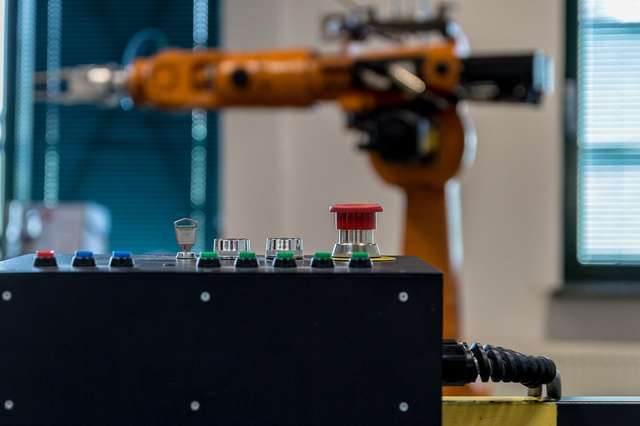
According to the predictions of the new market report, for 8 million robots in 2030, almost 6 million will be mobile.
The robotics market may change in the next 10 years. ABI Research claims that by 2030 there will be a huge increase in all subsectors as highlighted in the total market valuation of USD 277 billion, this growth will be evenly distributed. It is estimated that by 2022 the growing space of mobile robotics will begin to overtake the traditional industrial robotics market. Currently, mobile autonomy is focused on material handling in the supply chain, but the new ABI Research report 'Commercial and industrial robots' indicates that mobile robots are ready to influence every sector of the global economy in a wide range of applications.
The debut of mobile robots took place during the PACK EXPO fair in Las Vegas in September 2019. Several equipment manufacturers presented mobile robots specifically for the packaging industry. One of the companies, Mobile Industrial Robots (MiR) presented its new autonomous mobile robot MiR1000. With a payload of 1000 kg, it can withstand twice as much as previous MIR models. The MiR1000 robot can automatically pick up, transport and deliver pallets and other heavy loads under various conditions. MiR1000 and its predecessor is a safe alternative to forklifts in the production hall.
Some robotics suppliers have begun to combine mobile and cobot technologies to create even more flexible production and better operational efficiency. Columbia / Okura in cooperation with Universal Robots are developing MiniPAL, a mobile collaboration system that can support a range of applications in the areas of machine handling, palletizing and packaging. Mobile configuration makes it easy to transfer and re-deploy cobot to new processes.
Omron presented what it calls an autonomous solution for mobile manipulation - it integrates self-propelled LD mobile robots with the Omron TM cobot arm. This is a demo of a proven concept that allows cobots to easily move to where they need to be. Kuka Robotics adopted a similar approach, installing cobots on mobile robots and setting them to cooperate in a collaboration system. The Kuka system easily adapts to changing production processes to optimize production. Robots can communicate with each other to collaborate more easily as a complete system.
According to ABI Research, the distinction between AGVs and AMRs can be contested, but AMRs do not require external infrastructure to localize themselves and are built with sensors and cameras to self-navigate their environments. Currently, AGVs represent the majority of mobile robot shipments, but by 2030, this will change. While there will be 2.5 million AGVs shipped in 2030, the total shipments of AMRs will reach 2.9 million in the same year. This is due to the declining costs of superior navigation and the desire to build flexibility into robotic fleets.
source: automationworld






